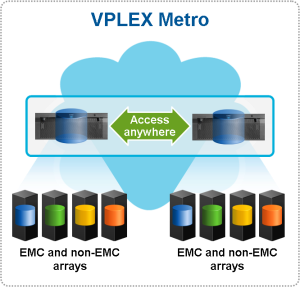Hi, thanks for stopping by and obligatory apologies for not having posted in almost 3 months. I’ve still been quite active on Twitter, sharing on Google Reader (also goes to my other Twitter account), and writing about IT for work. Here’s a quick update on some of the things I’ve been involved with lately.
Earlier this month, I was interviewed by Countdown to Storage Expo (a UK-based marketing group), here’s the link: Storage Networking & Social Media Maven: Q&A with @Stu Miniman, Principal Research Contributor at Wikibon. After doing the interview, I found out that I will be attending my first SNW next month.
It’s an exciting time in the IT industry and I’m lucky to be able to cover a lot of different topics as an analyst. Here are some links to some of my favorite articles that I’ve written lately:
Big Data is a nascent trend which is at the intersection of analytics, mashups, cloud computing and some really smart data scientists. After watching the O’Reilly Strata, I wrote a blog post explaining some of the basics of this trend.
Cloud computing is a huge portion of the IT landscape. My angle has traditionally been from the enterprise perspective, since I was working on “private cloud” solutions back when we simply called them next-generation or virtual data center solutions. As with most technologies, enterprises must balance existing legacy equipment an processes with the desire to take advantage of newer cost and operational models. I wrote a piece on hybrid clouds discussing solutions that look at bridging private and public clouds.
Server virtualization has seen strong adoption from companies of all sizes and desktop virtualization is seen as one of the next significant areas of growth for virtualization. While there are plenty of success stories across many verticals that are adopting virtualization, the overall solution set is still fragmented. I posted a research piece discussing the journey that the ecosystem needs to undertake to mature VDI.
Of course, I still keep a close eye on the networking space, especially storage networking technologies like iSCSI and FCoE. My most recent article on the topic discusses unified/flex ports which have the capability of switching between Ethernet or FC, giving customers flexibility and investment protection.
In addition to SNW, I will also be attending EMC World in May and likely a few other conferences in the upcoming months. If you’ll be at one of the shows, I’m always happy to chat about the various technology spaces or social media. Conferences usually give me lots of ideas and plane time to write, so I hope to update this blog more often in the coming months.
Cheers,
Stuart Miniman





 Posted by Stuart Miniman
Posted by Stuart Miniman 










